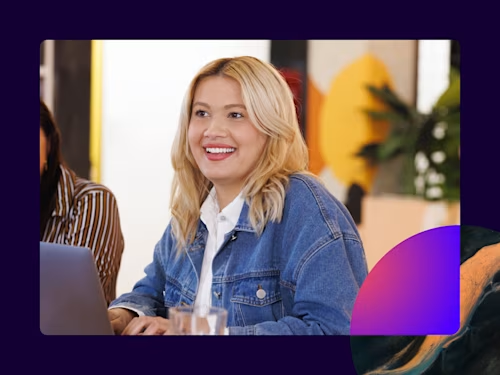
How creative can an eSignature be?
An eSignature doesn’t have to be an exact replica of a wet-ink signature. Using eSignature technology like Docusign is enough to capture intent, no matter how different your eSignature is from your usual signature.

Ever had to sign for a parcel? If so, you know the drill – you awkwardly hold the parcel under one arm, the delivery person holds out their hand-held device with its tiny pen-on-a-string, and you somehow scribble out a signature. If it looks nothing like your usual signature, does such a scrawl count?
When it comes to eSignatures, we often get asked whether a digital version of a signature needs to look the same or at least similar to a pen-and-paper version. It’s a fair question – for centuries, people have been scribbling their names on pieces of paper, with intricate flourishes and illegible swirls, as a way of authenticating themselves. Creating and memorising your own signature was an adolescent rite of passage – it was drilled into you that your signature must look the same, every time.
But what about eSignatures? We all know that, in many cases, they don’t turn out the same as paper-based versions. That’s OK. No matter how weird your eSignature looks, it should still stand up in a court of law.
It’s all about intent
An eSignature signals your intent to agree with something. By scribbling on the delivery person’s hand-held device, you’re agreeing that your parcel was delivered safely. Same goes if you receive a contract via email, and you sign it by choosing a pre-drawn signature offered up by the eSignature software embedded in the contract. It doesn’t matter if that pre-drawn signature does not resemble your own.
As long as you’re using a trusted eSignature platform like Docusign, then the act of signing and filling in any other requisite information is enough.
How eSignatures work
eSignature solutions like Docusign use hidden data to verify a signature.
In the form of a coded message, the eSignature securely associates a signer with a document in a recorded transaction. Without getting too technical, eSignatures use a standard, accepted format, called Public Key Infrastructure (PKI), to provide the highest levels of security and universal acceptance. The PKI uses an algorithm to generate two keys (long strings of numbers) – one public and one private – and both keys are needed to unlock the signed document, so to speak.
eSignatures are legally enforceable in Australia and many other countries around the world.
So, how creative can they be?
Back in the olden days, when illiterate peasants were asked to sign documents in court, they would use a simple ‘X’ for their signature. Theoretically, you could use an ‘X’ today … or an emoji of a happy face or even a palm tree, if that’s what floats your boat. By making your mark on a document, you’re indicating that you have read and agree with whatever you’re signing.
Question is, what emoji would you use? Or would it depend on the document you’re signing?
Discover your creative eSignature with a free 30-day Docusign eSignature trial. Sign up today.


Related posts
 Insights for LeadersUpdated 11 Mar 2025
Insights for LeadersUpdated 11 Mar 2025 Insights for LeadersPublished 11 Feb 2025
Insights for LeadersPublished 11 Feb 2025Become an Account Management Hero with Docusign Admin Tools

How AI Is Changing the Customer Experience Landscape

Become an Account Management Hero with Docusign Admin Tools
Discover what's new with Docusign IAM or start with eSignature for free

